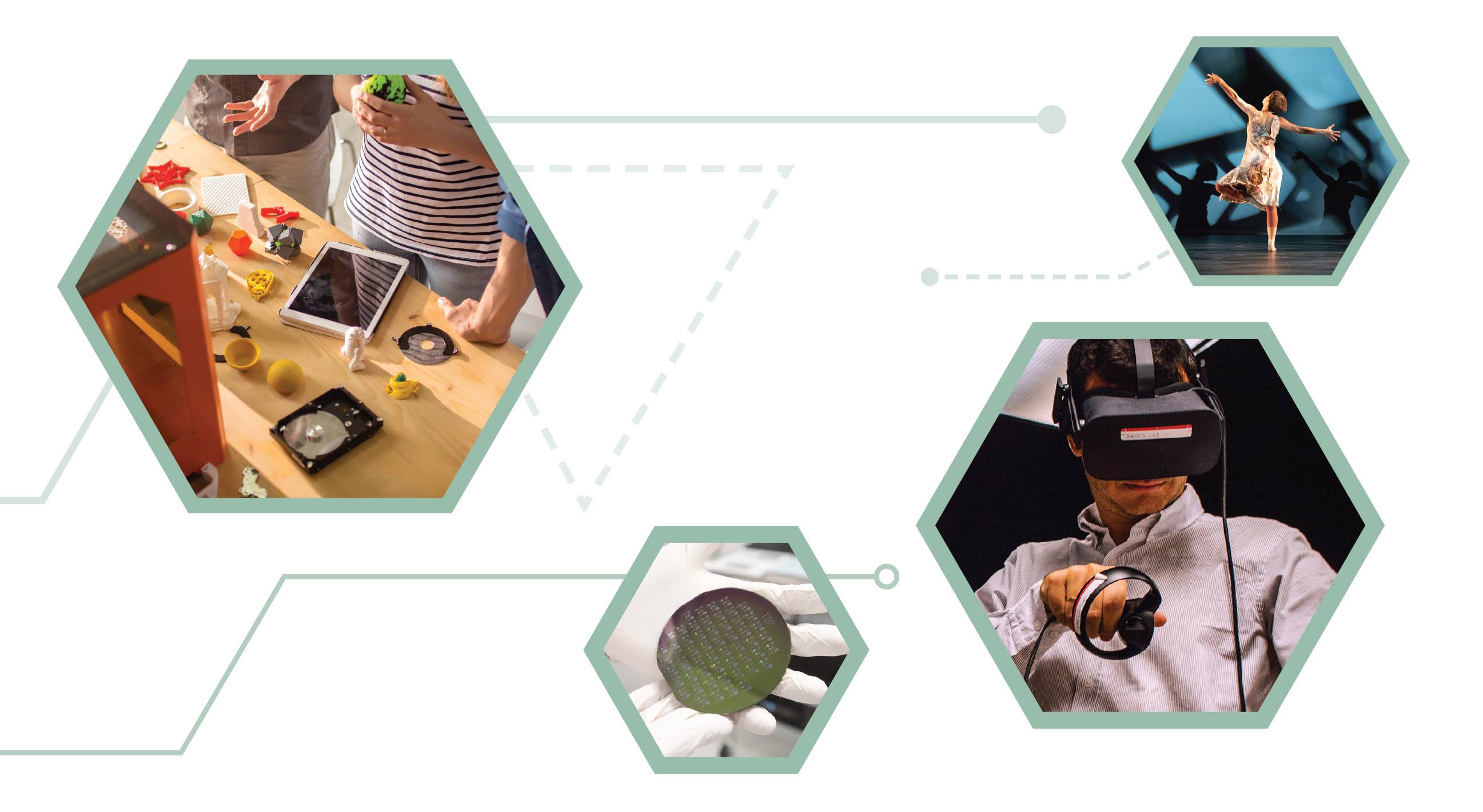
The Big Ideas
By Robyn Ross
Texas State's bold research initiatives will transform the future
The Big Ideas are high-impact research initiatives shaping the future of Texas State University and the Central Texas economy. As the university progresses toward its goal of becoming a tier-one public research institution, the Big Ideas are leading the way.
Projects developing within the Big Ideas research include a virtual-reality training program to prepare police to respond to an active shooter, sensors that can detect structural weakness in a bridge and alert state inspectors, and machine-learning algorithms that help diagnose patients’ mental health conditions.
The vision is to continue to expand the Big Ideas landscape to incorporate Texas State’s legacy of excellence in the arts, humanities, and creative expressions. The word “research” often conjures the image of a scientist in a lab, and professors at Texas State produce their share of cutting-edge scientific studies. At the same time, faculty in every college is conducting research that quickly moves out of the lab to influence people’s daily lives and relate to issues they read about in the news. “It’s research with relevance that occurs in a lab or the field or a studio or a training setting that is easily adapted to solving a real-world problem,” says Dr. Gene Bourgeois, provost and vice president for Academic Affairs.
The Big Ideas, chosen last year from three dozen proposals, are the vanguard of the university’s next capital campaign. While every contribution advances Texas State toward top-tier research university status, gifts of $1 million or more will have a transformative effect: endowing a professorship, supporting scholarships, or funding research. Such significant gifts not only enable faculty research but help the university deliver those innovations to the public more quickly.
Donors to the Big Ideas campaign may also see their gifts matched with additional state dollars. Since 2012, Texas State has been designated as one of Texas’ eight emerging research universities. That distinction makes the university eligible for support from the Texas Research Incentive Program, which offers partial matching grants for private gifts starting at $100,000 and fully matches gifts at the $2 million level or higher.
When the university reaches defined benchmarks set by the state, including a $400 million endowment and $45 million in restricted research funds, it will receive additional financial support through the National Research University Fund. Texas State has made substantial progress toward those markers in the last decade, and gifts to the Big Ideas will accelerate that journey.
Each idea represents an opportunity to support research that will have a tangible impact on the future of Texas. Donors will be able to see their investments generating returns in law enforcement, hospitals, construction, works of art or literary importance, and nonprofits that serve communities across the state and the nation.
“As Texas State researchers, we’re not in the proverbial ‘ivory tower,’ ” says Dr. Melinda Villagran, a professor of communication studies who directs the Big Idea focusing on translational health. “We’re in the community. We’re in the WIC clinic. We’re in the kitchens in public housing. We’re moving research into reality, and we’re doing it in a deliberate way that makes us relevant from the start.” ✪
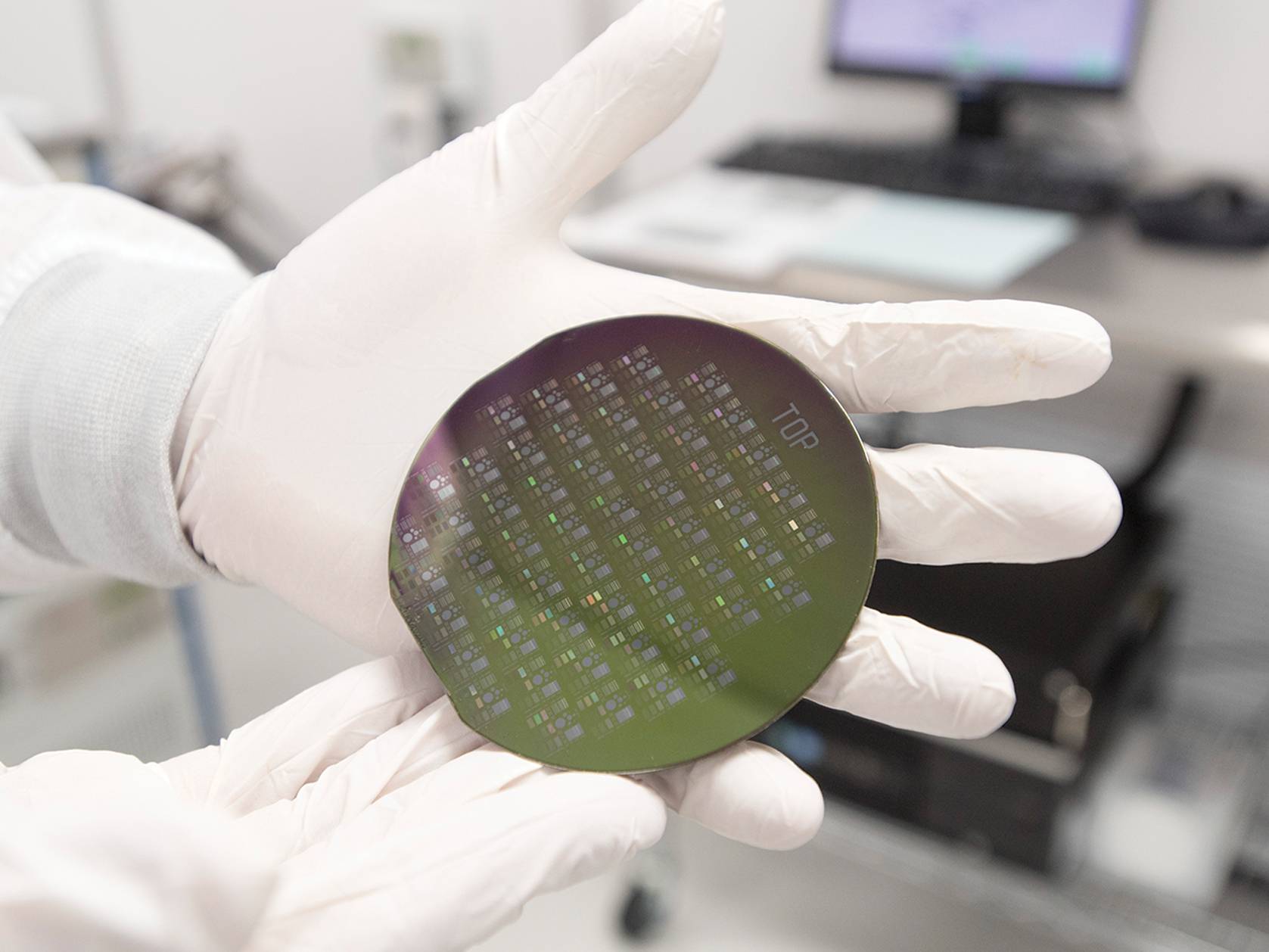
Materials with Intelligence
Sensors are increasingly embedded in everyday technology such as lights, thermostats, security systems, smoke alarms, and refrigerators. Voice-activated personal assistants such as Amazon’s Alexa connect with some of these devices, but the smart homes of the future will have fully integrated sensor technology that can be managed from a single device. What’s more, they’ll use artificial intelligence and machine learning to adapt to your patterns and recognize aberrations that could indicate a safety hazard.
“Sensors are getting more precise and accurate, and they’re able to sense things they couldn’t even a couple of years ago,” says Dr. Eddie Piner, project lead and professor of physics. “The technology is rapidly evolving, and prices are being driven down.”
More than 70 Texas State researchers are developing the sensor platforms of the future, which will bring “smart” technology to both houses and cities. The new civil engineering program, for example, focuses on next-generation infrastructure built with intelligent materials. Smart roads can contain sensors that send alerts when streets need maintenance and communicate road conditions to autonomous vehicles. Smart bridges can include sensors that monitor the structure and notify inspectors about potential instability. Piner has met with leaders from Central Texas utility companies who are eager for improved sensors to manage water supplies and power distribution. Sensors can also help these companies detect problems in equipment such as transformers so the equipment can be replaced before it fails.
This Big Idea also includes future projects in smart materials, which react to environmental conditions, such as a material NASA has designed that can repair itself after being punctured. Texas State may develop its own smart materials that rely on sensor technology. Contributors to this Big Idea can direct their support to an application relevant to their own business or personal life.
The bottom line, says Piner, is, “How does the technology become more functional, easier to operate, and most beneficial to society?”
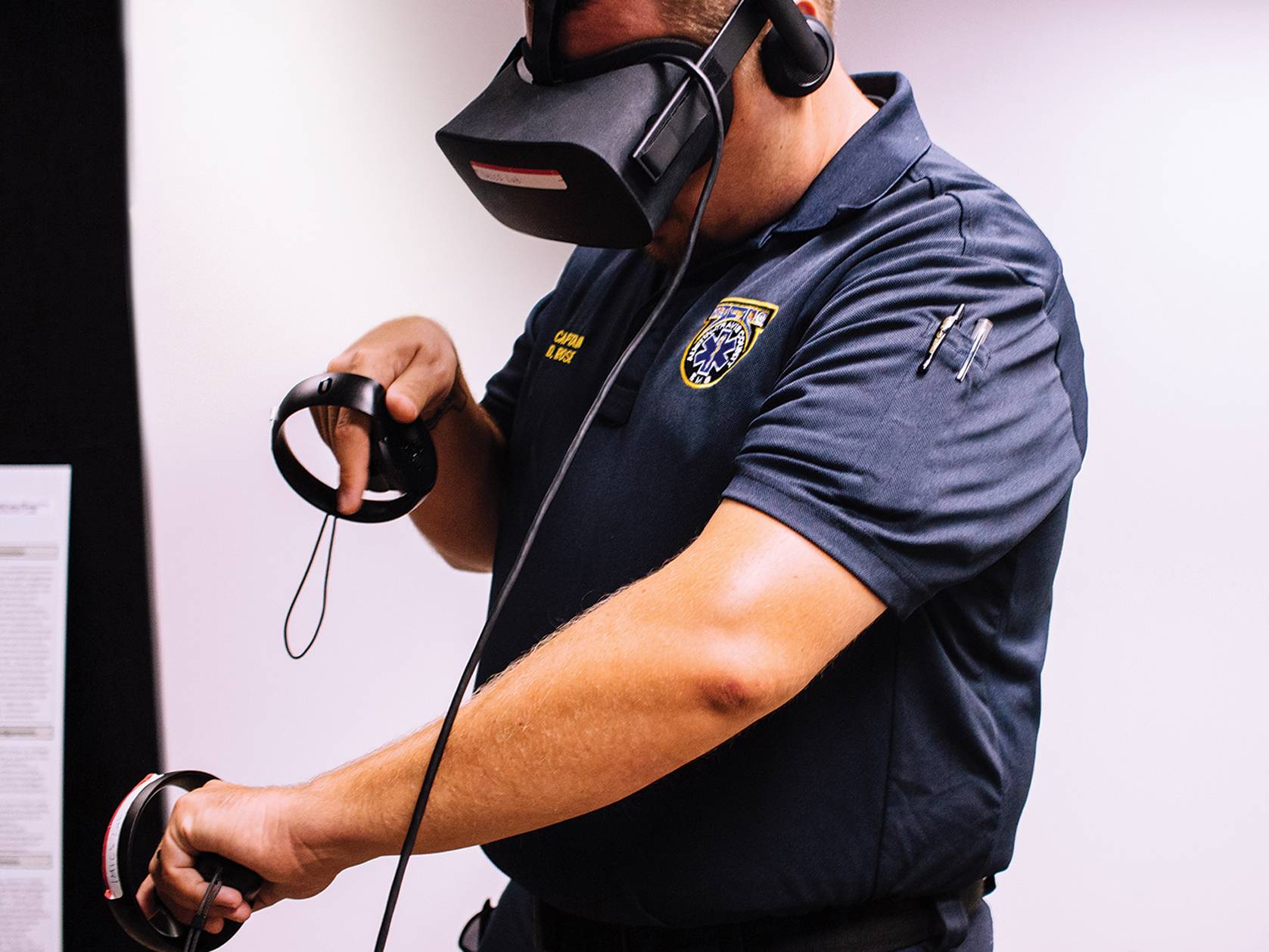
Training with Augmented Reality/Virtual Reality
Since 2013, the Advanced Law Enforcement Rapid Response Training (ALERRT) Center has been the FBI’s national standard for active-attack response training. Now a Big Ideas group is testing whether virtual reality (VR) is as effective as training in other real-life scenarios. The results may shape the future of training not only for law enforcement but also in fields such as nursing, engineering, aerospace, education, and sports medicine — and the futures of Texas State students who will implement this cutting-edge technology in the workforce.
The augmented/virtual reality experiment is a collaboration among ALERRT, the School of Social Work Virtual Reality Technology Lab, the X-Reality Research Group in the Ingram School of Engineering, and the Department of Health and Human Performance. Student volunteers at the ALERRT center will take on the role of a police officer responding to a shooting in progress. As they move through the building to find the shooter, they will pass professional actors with realistic-looking injuries that portray wounded victims.
The team will also record a 360-degree film of the scenario and adapt it for VR. Later, a different group of students will complete the scenario using a VR headset. Researchers will measure both groups’ stress response by monitoring their biomarkers, such as the stress hormone cortisol, before, during, and after the scenarios. If there is no difference between the two groups’ physiological reactions, the team will know that VR scenarios can be just as effective and realistic as in-person scenario-based training.
VR will be a tremendous resource to help officers maintain the skills they learn at in-person classes. The technology can offer regular practice without the costs of an instructor, travel to a central training facility, or compensation for actors and a moulage artist who creates simulated wounds. Project lead Dr. Pete Blair, a professor of criminal justice and executive director of ALERRT, says the eventual goal is to use VR to improve use-of-force training. The highly realistic simulations can help officers practice making smart decisions quickly in life-or-death situations.
“All this technology is right at the cusp of being extremely useful,” Blair says. “It’s going to open the door to us dramatically improving the ability of police officers in all types of situations.”
Once the team can deliver the training for law enforcement, it will mean that VR can be used in practically any field that requires skills-based training in lifelike scenarios. Gifts to this Big Idea will support the ongoing development of this game-changing technology.
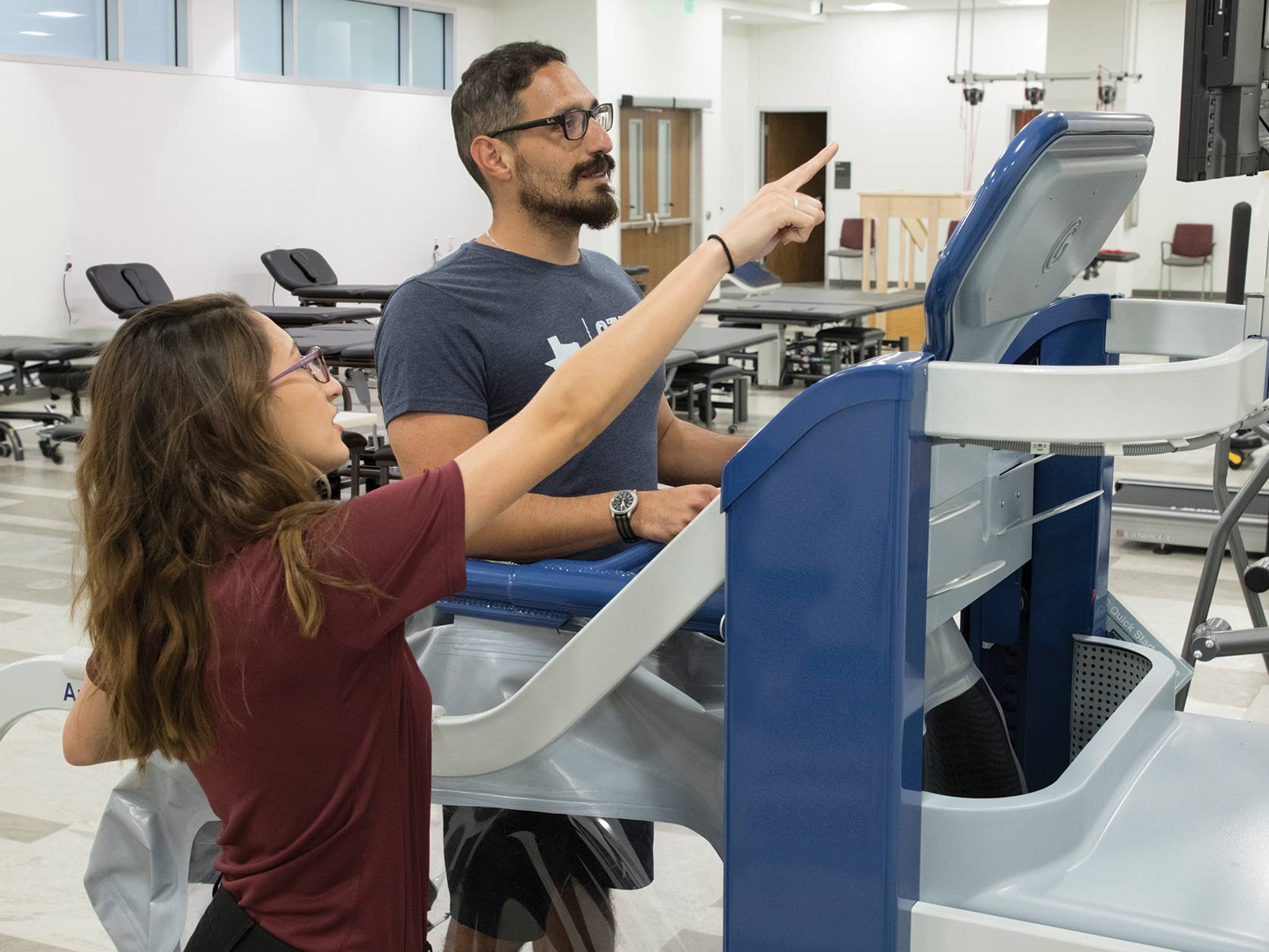
Translational Health Research
Health researchers have long lamented that it takes an average of 17 years for research outcomes to reach the people who need them. “We think that’s too long,” says project lead Dr. Melinda Villagran, professor of communication studies and director of Translational Health Research in the Office of Research and Sponsored Programs. “What we’re doing in this effort is shortening the time it takes for our research to reach the clinics and communities where it can benefit health.”
Texas State faculty are especially adept at the process of “translating” research from the academy to practice. They start by partnering with governments, nonprofits, or corporations to make sure they’re asking the right questions. Once the research is completed, those same partners help apply the findings to the lives of people who can most benefit.
For example, a Texas State engineer is studying how to improve information flow through health clinics and reduce wait time for patients. The initiative is helping him connect with health professions faculty who can test and implement the research in a clinic. A professor of nutrition is working with mothers and babies in Central Texas to study how diet during pregnancy affects postpartum mental and physical health. Villagran is piloting another program, based on research about maternal health, to connect new mothers in Hays and Caldwell counties with resources such as diaper banks and the Women, Infants, and Children nutrition program.
Professors in departments across the university are conducting health-related research. For example, professors in every college are studying cancer. The Big Ideas will create a “front porch” for those efforts, centralizing administrative support for existing research programs and helping students and new faculty find collaborators. The initiative has four focus areas: digital health innovation, chronic disease and health technology tracking, improving health across the lifespan, and cancer research.
The campaign offers donors an opportunity to advance research that might impact their own family members’ health. It gives alumni who work in the healthcare industry a chance to partner with Texas State researchers to identify the questions researchers should answer next.
“We’re doing research that is rooted in problems in our state, and we’re not going to let 17 years go by before you find out about it,” Villagran says.
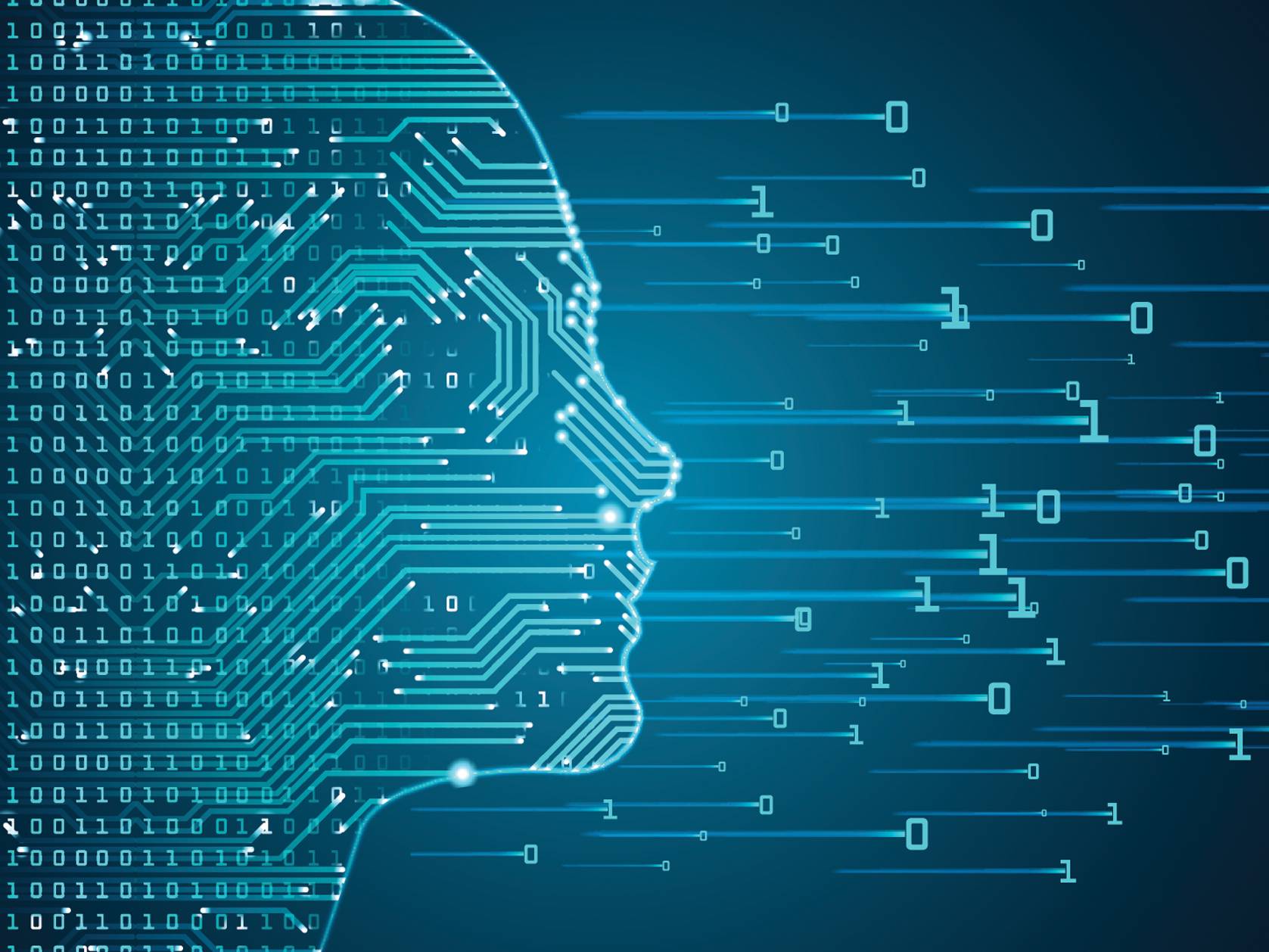
Harnessing Big Data
Data science uses computer science and math to make sense of the massive amount of data being generated in a field such as healthcare. “Most people or industries make decisions based on expert consensus, but there’s just too much information to manage,” says Dr. Alex De Nadai, assistant professor of psychology. “If we can use data science to help that decision-making, we can help things run more smoothly and reduce errors.”
Texas State faculty have partnered with the National Institutes of Health and Fortune 500 companies to solve world problems in the areas of mental health, business, and security. Researchers in De Nadai’s Big Ideas group are using algorithms to interpret brain scans of mental health patients and identify the treatment that’s most likely to help them. They’re developing ways to reduce the number of patients needed for clinical trials, which saves money and makes new treatments available sooner. One researcher is using machine learning to identify patterns in social media posts that might predict attacks against American troops.
De Nadai has used data science to work on issues related to depression, chronic pain, HIV research, and multiple sclerosis. Major donors can work with the team to address other concerns they find personally meaningful.
Texas State is also pioneering a program to teach students data science skills they can apply in one of the nation’s fastest-growing career fields. Students cross-train in math, computer science, and a third subject, such as healthcare, while working on a real-world problem. The data science field is so new that both universities and private companies are still figuring out how to train people. But within five to 10 years, De Nadai says, the industry will come to a consensus. “The people who move first often are the ones who get to define what happens,” he says. “This is a unique opportunity for Texas State to become a leader in this field that’s making a huge difference in the world.”
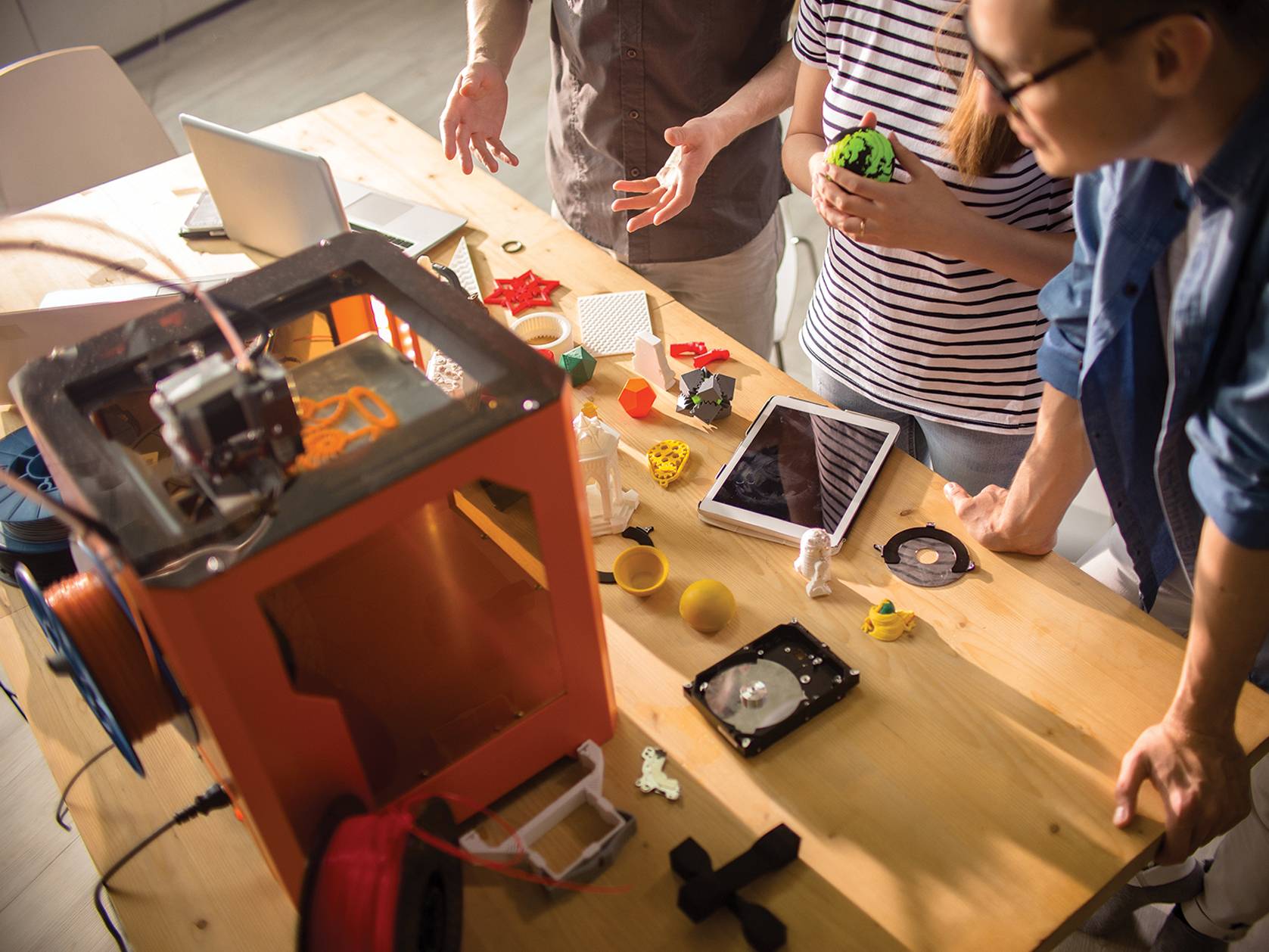
Innovation and Entrepreneurship
During their academic study and research, students and professors at Texas State develop ideas for new technologies, devices, and solutions to social problems. The university has invested in a robust innovation and entrepreneurship ecosystem that includes six makerspaces and prototyping labs, degree programs with a focus on technology commercialization, the startup incubator Science, Technology, and Advanced Research (STAR) Park, boot camp training in design-thinking idea development, and new-venture business plan competitions.
The challenge for entrepreneurs is leveraging these resources that are currently scattered across the university. “This Big Idea will change all that by connecting existing innovation and entrepreneurial activities across all colleges and continuing to grow our ecosystem,” says Dr. Shannon Weigum, project lead and an associate professor of biology.
“The initiative will enable the members of the university community to chart a clear path for design, development, and launch of a new venture. In addition, it will develop the next generation of innovators and entrepreneurs by fostering the mindset and skills needed to devise commercially viable solutions to real-world problems,” Weigum says.
One of the project’s long-term goals will be to establish a physical headquarters — an IDEA [innovation, discovery, enterprise and acceleration] Lab — as the centralized hub for innovation with a creative, engaging atmosphere for students, faculty, alumni, and the community. The IDEA Lab will include collaborative coworking spaces, meeting areas for boot camps and training, videoconferencing rooms, and a “genius bar” where students can workshop their ideas with entrepreneurs-in-residence. The initiative will also create a structured mentorship network involving alumni as well as a Living-Learning Community that allows entrepreneurship-focused freshmen to live in the same residence hall and participate in relevant classes and extracurricular programs.
This initiative also amplifies the impact of innovations emerging from the other four Big Ideas by helping faculty secure patents and license inventions to industry partners and other commercial entities. It will build connections between the university and companies that can approach Texas State professors for help solving their most pressing problems. The program will play a major role in the Texas Innovation Corridor by building the regional economy and helping Bobcats prepare for future employment.
With the support of this Big Idea, many students will be equipped to launch their new venture right away. Others may not start a business immediately following graduation, but after participating in pitch competitions, working in teams, building prototypes, and learning from mentors, they’ll have the skills and mindset that will serve them in whatever career they pursue.
“These activities build skill sets that are in demand,” says Weigum. “Thinking like an entrepreneur develops critical thinking and creative problem-solving skills and the confidence to take risks. This Big Idea will prepare our graduates to be successful well beyond the university."